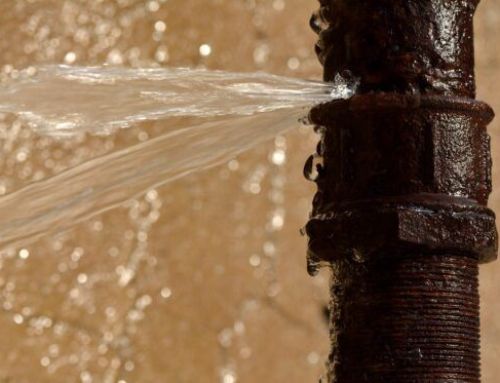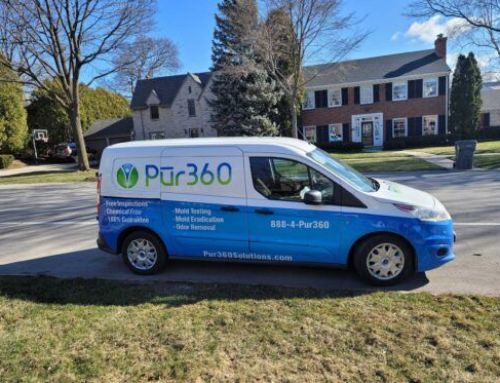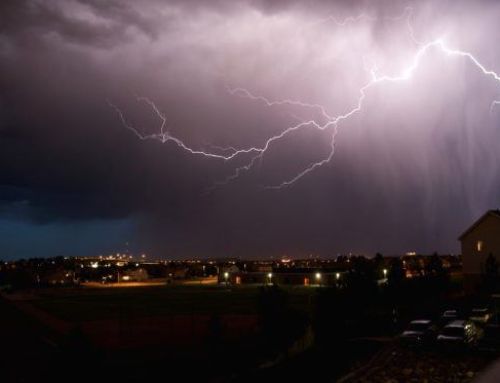If you are a Florida homeowner, you may have heard about drywall damage done by water. Drywall damage occurs when water enters your home and goes unnoticed. This can happen because of roof leaks, plumbing leaks, roof runoff, or rainwater entering your home.
You may not know that drywall water damage can cause more than just cosmetic damage to property. Drywall water damage can also lead to mold growth in homes. Some homeowners do not realize until it’s too late that the drywall must be removed and replaced with new material for the home to be livable again. Let’s explore the causes, repairs, and prevention of drywall damage.
What Are the Causes of Drywall Water Damage?
Drywall is an exterior wall between the ceiling and the floor. It’s composed of gypsum board (made of sand, clay, and water) and can be used to cover electrical outlets, plumbing leaks, or sump pump drains. Drywall or gypsum board makes up the majority of walls in a home.
The water getting inside your home can come from many sources. Here are the causes of drywall water damage.
Roof Leaks
If your roof leaks, it can cause drywall water damage. Roof leaks are common and sometimes hard to detect. Look for discoloration on wooden support beams that touch the roof. Next, check out where tiles meet the drywall ceiling or walls for water stains. Finally, look for waterline marks that appear above doorframes. Roof-to-wall joints are also a common problem if your home is older than 20 years old. If you need help recognizing this type of leak, the professionals at Pur360 are happy to help.
Plumbing Leaks
Loose pipes or plumbing leaks can cause drywall damage in your home if you do not notice the problem early enough. Start by checking for dampness on the walls and ceilings under your sinks or dishwashers. Also, look and feel along your bathroom pipes to see if they are dripping when you turn on the faucet. Finally, check for water stains at locations where pipes enter your home through cracks in walls or flooring.
Sump Pump Drain Leaks
If your sump pump water drain is leaking, it can cause drywall damage, leading to mold growth. Sump pumps remove water from the basement to prevent flooding. It is important to have your sump pump checked by a qualified person to prevent leaks from the pump.
How to Check Your Drywall for Damages
You do not have to be a professional to check your drywall. If you are a homeowner, you must know the signs of drywall water damage and how to get your home dry after water exposure and leakage has occurred. If water seeped into the walls of your home, you could quickly see the wetness on top of the wallboard. Next, look for discolorations and staining on the wall.
Repairing Drywall Water Damage
The first step to fixing drywall water damage is removing the wet panels. It would be best to use a moisture meter to check for wet spots on walls and ceilings. Then, you should remove all damaged drywall material, dry the wall cavities, and then replace the drywall. If there are leaks in your home, you’ll want to repair them before replacing the drywall. You may need to replace plumbing materials damaged by water or remove ceiling tiles with mold growth growing on them.
How to Avoid Drywall Water Damage
The best way to avoid drywall water damage is to recognize any water sources coming into your home and fix the problems causing the leaks. It’s important to take precautions to keep your home free of water damage.
Here are some tips on how to avoid drywall water damage:
1. Conduct Regular Inspections of Your Roof and Attic
Inspect your home at least twice a year. Ensure you check the attic and roof areas to ensure they are completely dry and free of leaks. If you notice any signs of water damage, contact the professionals at Pur360 immediately.
2. Repair All Roof Leaks Immediately
If you spot roof leaks, stop them before any water damage is done to your home. A good way to prevent roof leaks is to keep your gutters cleaned and remove any debris that may have fallen into them. Another way to prevent leaks is to conduct routine maintenance on your gutters and attic vents. It would be best if you cleaned out the leaves and debris that accumulates in the gutters, so they can do their job of diverting water away from your home.
3. Check the Drywall Cavities
You must check your drywall cavities to ensure they are completely dry. Look for signs of dampness on the walls and ceilings. Check for water stains on the floor as well.
4. Repair Water Damage Immediately
If there are signs of a leak, you must repair it immediately. You should contact a drywall repair professional if you are unable to recognize these signs of leakage and to resolve the water damage. Professionals will know how to dry the area and replace the materials that were damaged in the process.
How to Restore Your Stained Drywall
After your walls have been fixed, there will be staining. Luckily, this is something that a few coats of paint can fix. Start by wiping the wall down and applying a primer coat. Proceed to apply layers of the color of your choosing. Your walls will look as good as new, regardless of the damage.
How Long Does It Take for Drywall to Dry After Water Damage?
After your drywall has sustained water damage, it’s important to know how long it will take for the drywall to dry out before you can restore it. Water damage can take three to four days to dry after a flood completely. If the flooding is severe, it may take longer than that. When recovering from water damage, the most important thing is to act quickly to avoid mold growth in your home.
Does Drywall Need to be Replaced After Water Damage?
If your home has sustained water damage that is severe enough to warp and break down the drywall, there are some instances where you may want to replace all of your drywall. If the water has not reached the interior of your home, it’s recommended that you remove all of the drywall before repairing it. If there are holes in the drywall, you may have to patch up those holes. If your drywall is damaged beyond repair, you may have to replace all of it.
Contact the Experts
The professionals at Pur360 are trained and ready to assess your water damage! We specialize in mold prevention and eradication, as well as odor removal, ultraviolet sanitation, carpet and stain removal, and drywall removal/repair! We can also assist you with dehumidifiers, fan rentals, and painting after repairs are made. We serve multiple states across the United States so give us a call today or use our online tools to find an expert near you!


